ANALYSIS OF THE ADOPTION LEVEL AND IMPACT OF VIRTUAL REALITY (VR) AND AUGMENTED REALITY (AR) TECHNOLOGY IMPLEMENTATION IN TRAVEL AGENCIES IN INDONESIA
Abstract
The development of Virtual Reality (VR) and Augmented Reality (AR) technologies has significantly transformed the tourism industry, including travel agencies in Indonesia. This study aims to analyze the adoption level and impact of VR and AR technology implementation in travel agencies in Indonesia. Using the Unified Theory of Acceptance and Use of Technology (UTAUT) theoretical framework, this research combines a literature review, case studies, and interviews as the research methodology. The case studies involve ten of the largest travel agencies in Indonesia that have implemented VR and AR technologies in their marketing strategies. Semi-structured interviews were conducted with representatives from these travel agencies to gain an in-depth understanding of the experiences, challenges, and benefits of implementing VR and AR technologies. The researcher carried out data triangulation by comparing findings from the literature review, case studies, and interviews to ensure the validity of the research findings. The results indicate that the adoption of VR and AR technologies by travel agencies in Indonesia is still in its early stages. However, travel agencies implementing VR and AR technologies report significant positive impacts, such as increased tourist interest, enhanced product differentiation, and improved customer engagement. The case studies demonstrate that implementing VR and AR technologies helps travel agencies promote tourist destinations more innovatively and attractively. Nevertheless, several challenges are also encountered, such as the high cost of developing VR and AR content, regular content updates, and the limited human resources skills needed to operate these technologies. This research contributes to understanding the adoption and impact of VR and AR technology implementation in travel agencies in Indonesia. The findings of this study can assist travel agencies in evaluating the potential adoption of VR and AR technologies and developing effective implementation strategies.
Keywords: Virtual Reality, Augmented Reality, travel agencies, adoption level, implementation impact.
Full Text:
PDFReferences
Aditya, D. P., & Nugroho, N. E. (2020). Virtual Reality dan Augmented Reality: Pemberdayaan Wisata dan Ekonomi Kreatif Indonesia. Jurnal Bahasa Rupa, 3(2), 151-159. https://doi.org/10.31598/bahasarupa.v3i2.544
Beck, J., Rainoldi, M., & Egger, R. (2019). Virtual reality in tourism: A state-of-the-art review. Tourism Review, 74(3), 586-612. https://doi.org/10.1108/TR-03-2017-0049
Braun, V., & Clarke, V. (2006). Using thematic analysis in psychology. Qualitative Research in Psychology, 3(2), 77–101. https://doi.org/10.1191/1478088706qp063oa
Braun, V., & Clarke, V. (2021). Can I use TA? Should I use TA? Should I not use TA? Comparing reflexive thematic analysis and other pattern-based qualitative analytic approaches. Counseling and Psychotherapy Research, 21(1), 37–47. https://doi.org/10.1002/capr.12360
Cranmer, E. E., Tom Dieck, M. C., & Jung, T. (2020). How can tourist attractions profit from augmented reality? In M. C. Tom Dieck & T. Jung (Eds.), Augmented Reality and Virtual Reality (pp. 21-32). Springer. https://doi.org/10.1007/978-3-030-37869-1_2
Creswell, J. W., & Poth, C. N. (2018). Qualitative inquiry and research design: Choosing among five approaches (4th ed.). SAGE Publications.
Davis, F. D. (1989). Perceived usefulness, perceived ease of use, and user acceptance of information technology. MIS Quarterly, 13(3), 319–340. https://doi.org/10.2307/249008
Flavián, C., Ibáñez-Sánchez, S., & Orús, C. (2019). The impact of virtual, augmented, and mixed reality technologies on the customer experience. Journal of Business Research, 100, 547-560. https://doi.org/10.1016/j.jbusres.2018.10.050
Global Industry Analysts, Inc. (2020). Virtual Reality (VR) in Tourism - Global Market Trajectory & Analytics. https://www.strategyr.com/market-report-virtual-reality-vr-in-tourism-forecasts-global-industry-analysts-inc.asp
Gössling, S., Scott, D., & Hall, C. M. (2020). Pandemics, tourism and global change: A rapid assessment of COVID-19. Journal of Sustainable Tourism, 29(1), 1-20. https://doi.org/10.1080/09669582.2020.1758708
Han, D.-I. D., Weber, J., Bastiaansen, M., Mitas, O., & Lub, X. (2020). Blending in for a life less ordinary? Applying AR to tourism experience. In M. C. Tom Dieck & T. Jung (Eds.), Augmented Reality and Virtual Reality (pp. 3–19). Springer. https://doi.org/10.1007/978-3-030-37869-1_1
Huang, Y.-C., Backman, K. F., Backman, S. J., & Chang, L. L. (2020). Exploring the implications of virtual reality technology in tourism marketing: An integrated research framework. Tourism Management, p. 77, 104074. https://doi.org/10.1016/j.tourman.2019.104074
Huang, Y.-C., Backman, S. J., Backman, K. F., & Chang, L. L. (2016). Exploring the implications of virtual reality technology in tourism marketing: An integrated research framework. International Journal of Tourism Research, 18(2), 116–128. https://doi.org/10.1002/jtr.2038
Jung, T., tom Dieck, M. C., Lee, H., & Chung, N. (2016). Effects of virtual reality and augmented reality on visitor experiences in the museum. In A. Inversini & R. Schegg (Eds.), Information and Communication Technologies in Tourism 2016 (pp. 621-635). Springer. https://doi.org/10.1007/978-3-319-28231-2_45
Kemenparekraf. (2020). Laporan Kinerja Kementerian Pariwisata dan Ekonomi Kreatif/Badan Pariwisata dan Ekonomi Kreatif Tahun 2019. https://www.kemenparekraf.go.id/laporan-kinerja
Kemenparekraf. (2021). Laporan Kinerja Kementerian Pariwisata dan Ekonomi Kreatif Tahun 2020. https://www.kemenparekraf.go.id/laporan-kinerja
McGrath, C., Palmgren, P. J., & Liljedahl, M. (2019). Twelve tips for conducting qualitative research interviews. Medical Teacher, 41(9), 1002-1006. https://doi.org/10.1080/0142159X.2018.1497149
Moorhouse, N., Jung, T., & tom Dieck, M. C. (2018). The marketing of urban tourism destinations through virtual reality: Tourism marketers' perspectives. In T. Jung & M. C. Tom Dieck (Eds.), Augmented Reality and Virtual Reality (pp. 11-24). Springer. https://doi.org/10.1007/978-3-319-64027-3_2
Øye, C., Sørensen, N. Ø., & Glasdam, S. (2022). Ethical considerations when conducting qualitative research interviews. Nursing Ethics, 29(2), 310-323. https://doi.org/10.1177/09697330211002535
Paulo, M. M., Rita, P., Oliveira, T., & Moro, S. (2018). Understanding mobile augmented reality adoption in a consumer context. Journal of Hospitality and Tourism Technology, 9(2), 142-157. https://doi.org/10.1108/JHTT-01-2017-0006
Rogers, E. M. (1995). Diffusion of Innovations (4th ed.). Free Press.
Shen, C.-W., Ho, J.-T., Ly, P. T. M., & Kuo, T.-C. (2018). Behavioral intentions of using virtual reality in learning: perspectives of acceptance of information technology and learning style. Virtual Reality, 23(3), 313–324. https://doi.org/10.1007/s10055-018-0348-1
Sihite, J., Raharjo, M., & Zultaqawa, Z. (2021). Virtual and augmented reality technology adoption in tourism industry: A systematic literature review. Journal of Indonesian Tourism and Development Studies, 9(1), 47-56. https://doi.org/10.21776/ub.jitode.2021.009.01.06
Tom Dieck, M. C., Jung, T., & Rauschnabel, P. A. (2018). Determining visitor engagement through augmented reality at science festivals: An experience economy perspective. Computers in Human Behavior, 82, 44-53. https://doi.org/10.1016/j.chb.2017.12.043
Usadi, I. W. P., Kumara, I. N. S., & Darmawiguna, I. G. M. (2018). Virtual Reality for Tourism Promotion in Indonesia. Journal of Physics: Conference Series, 953(1), 012106. https://doi.org/10.1088/1742-6596/953/1/012106
Venkatesh, V., Morris, M. G., Davis, G. B., & Davis, F. D. (2003). User acceptance of information technology: Toward a unified view. MIS Quarterly, 27(3), 425-478. https://doi.org/10.2307/30036540
Wiratmadja, I. I., Winarno, W. W., Purbo, O. W., & Purwanto, N. A. (2020). The impact of virtual reality implementation on travel agent business in Bali. Journal of Physics: Conference Series, 1569(2), 022018. https://doi.org/10.1088/1742-6596/1569/2/022018
Yin, R. K. (2018). Case study research and applications: Design and methods (6th ed.). SAGE Publications.
Yung, R., & Khoo-Lattimore, C. (2019). New realities: A systematic literature review on virtual reality and augmented reality in tourism research. Current Issues in Tourism, 22(17), 2056-2081. https://doi.org/10.1080/13683500.2017.1417359
DOI: http://dx.doi.org/10.30813/glost.v0i0.5746






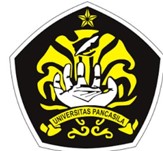

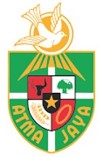

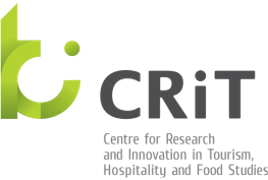
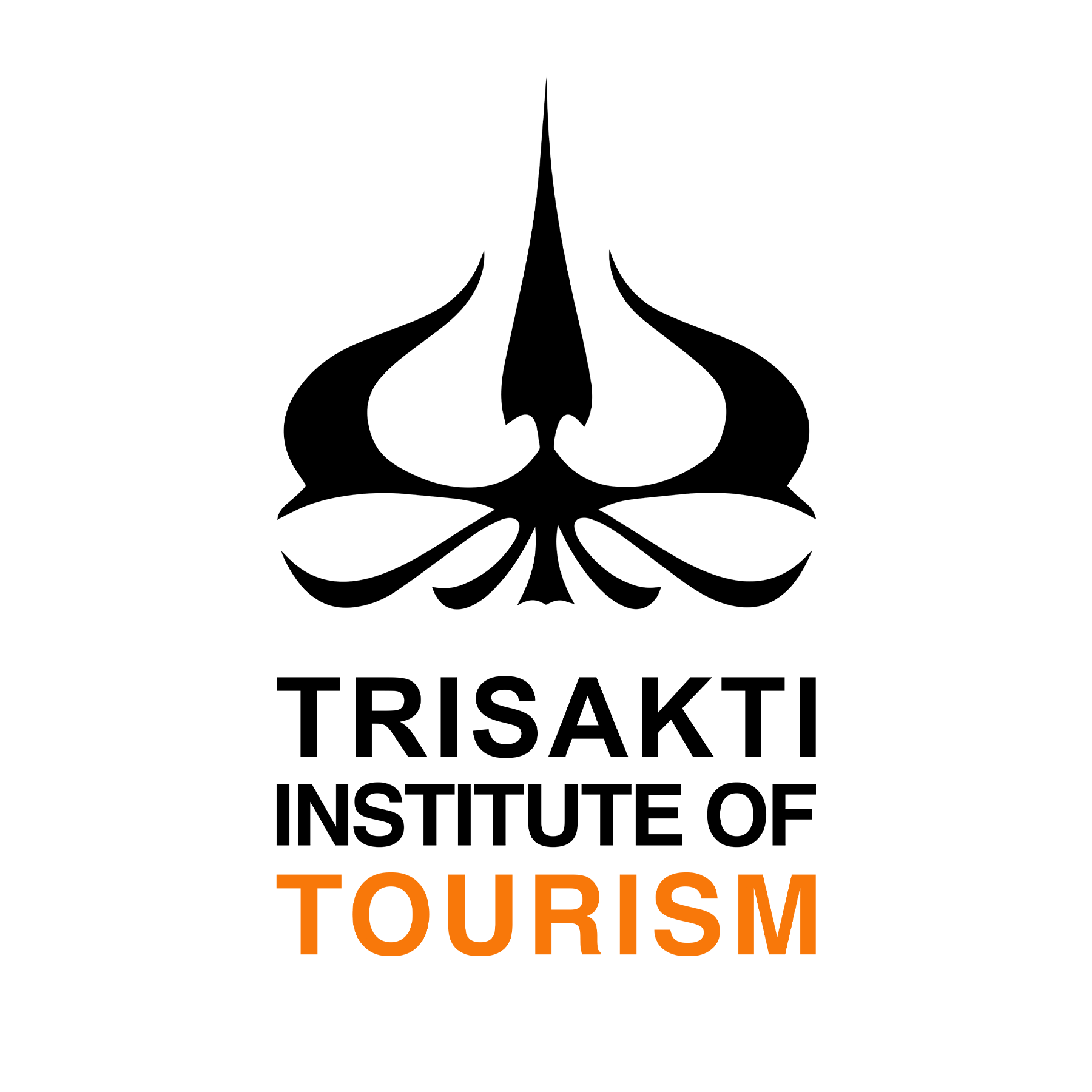
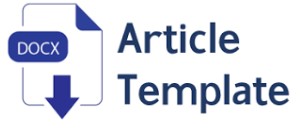
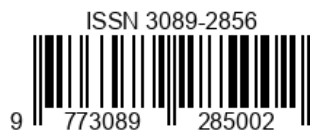
.jpg)
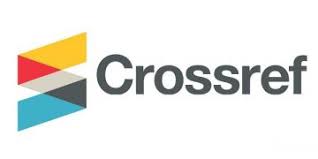

1.png)
.png)